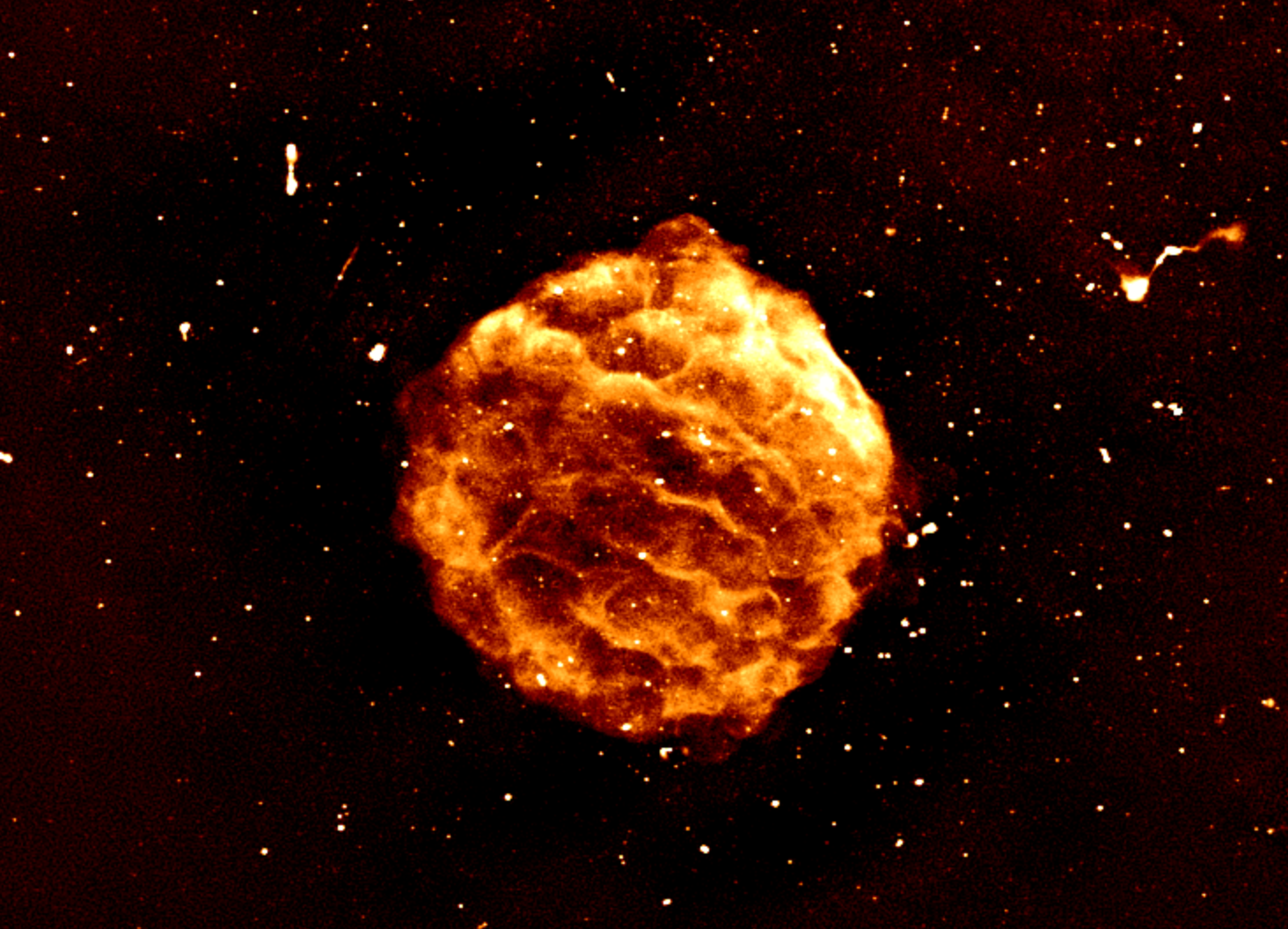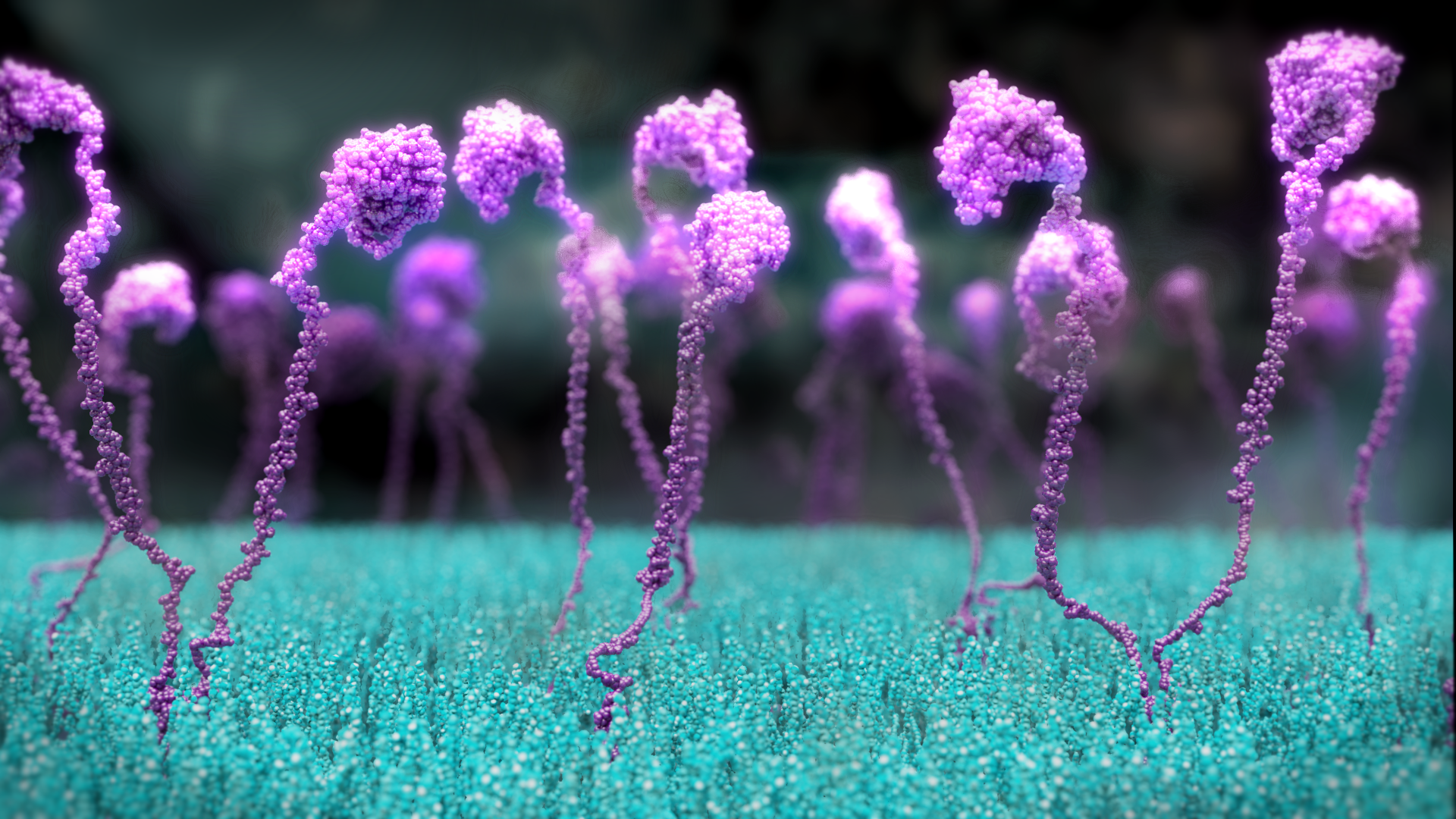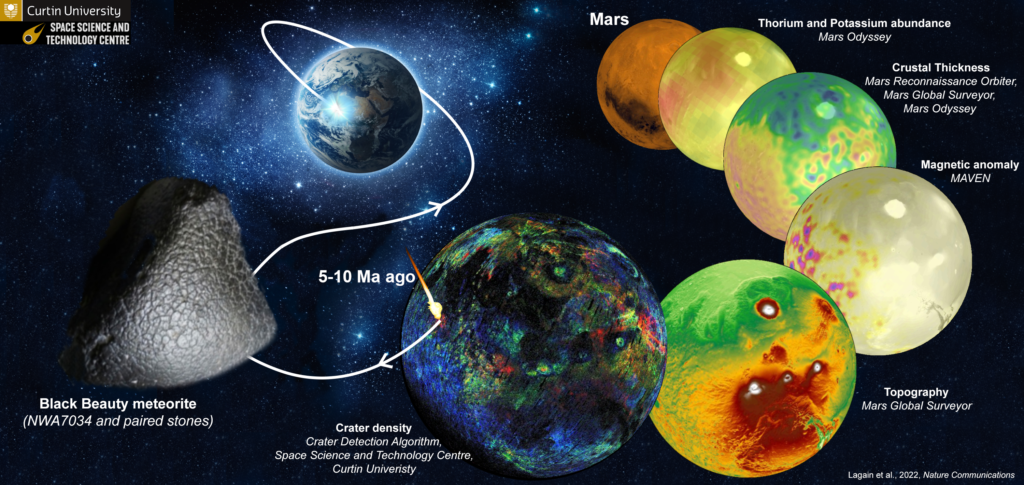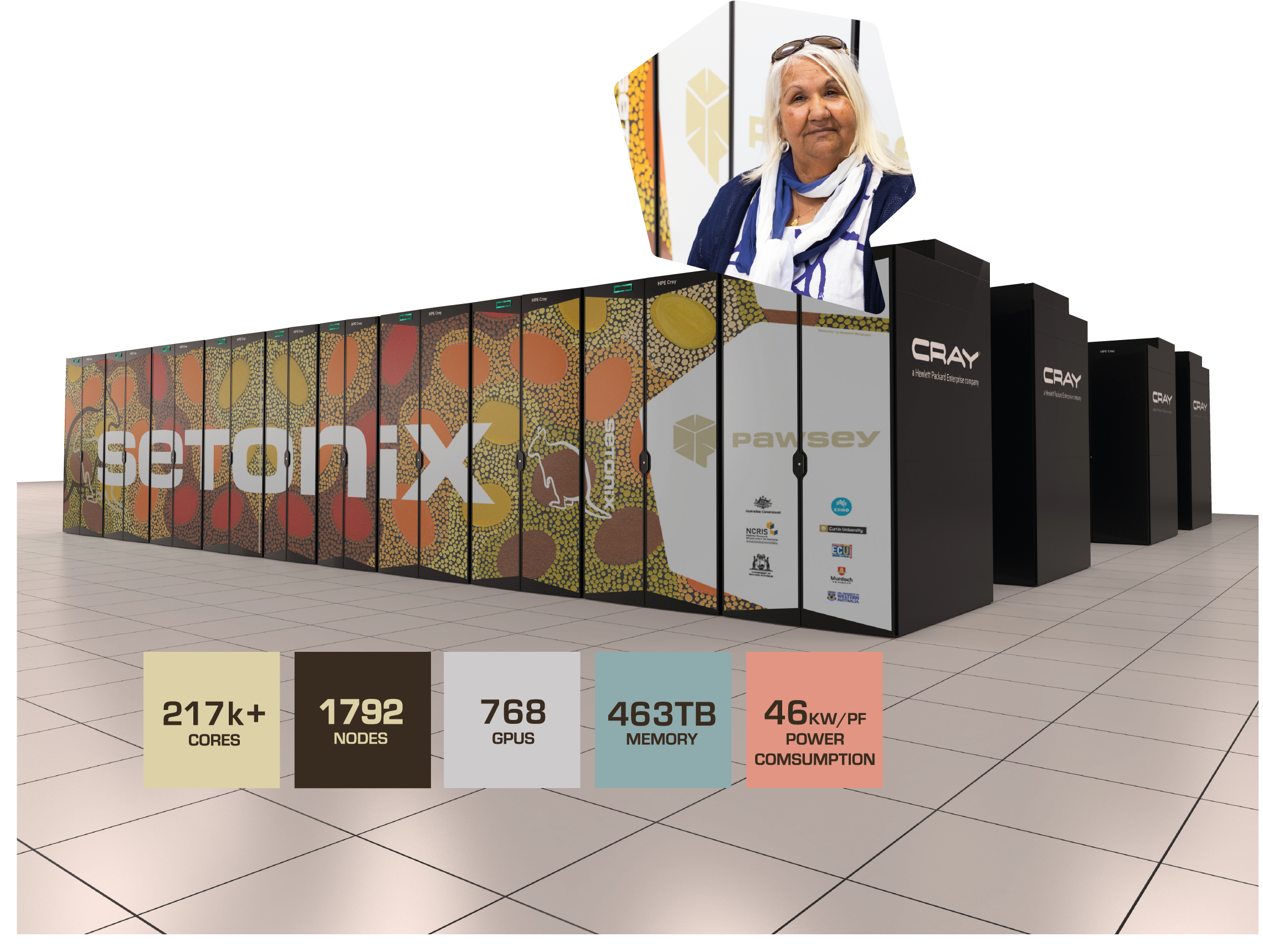


Credit: Dr Wasim Raja/CSIRO, Dr Pascal Elahi/Pawsey
“Perth supercomputer images aftermath of star’s violent death in first big test”
The Sydney Morning Herald
Cameron Myles
August 10, 2022
The Pawsey Supercomputing Centre put the first stage of its new supercomputer through a demanding “stress test” – and it gave a stellar performance.
As part of its integration into Pawsey, [Setonix] the supercomputer produced a highly detailed image: a giant cloud of dust and material left behind after a star died in a violent explosion known as a supernova.
Setonix – named after Western Australia’s favourite animal, the quokka (Setonix brachyurus) – is the key part of a $70 million capital upgrade of the Pawsey Centre.
The supernova remnant is estimated to be more than a million years old and located 10,000 to 15,000 light-years away from us.
This is only the first of two installation stages for Setonix, with the second expected to be completed later this year.
This increase in computational capacity benefits […] all Australia-based researchers in all fields of science and engineering that can access Setonix.
The full story can be read here

Cancer Killer visualised in 3D

Dr Maja Divjak is an award-winning biomedical animator for the Peter MacCallum Cancer Centre. Her latest work utilises Pawsey’s Nebula cluster to animate CAR-T cell technology.
This is a revolutionary cancer treatment that retrains the body’s immune system to find and kill cancerous cells.
CAR-T cell therapy has proven so effective against some advanced blood cancers that it is now publicly-funded in Australia. Adults with Diffuse Large B-cell Lymphoma and children with Acute Lymphoblastic Leukaemia are eligible.
Maja’s animation explains how this treatment works. But molecular animation is a unique challenge and requires powerful graphics processing, making of Pawsey’s Nebula cluster a great tool to render her animation.
Maja’s CAR-T cell animation breaks down the complex science to inform patients of their choices. It also helps train students and boosts public awareness. Maja is developing it into exhibition images and submitting them to film festivals. So far ‘CAR-T Cells: Engineered Cancer Killers’ has won Best of Show for Science and Health at Doctors Without Borders Film Fest and the Best Documentary Short October at the Vegas Movie Awards.
Read the case study here

“Machine learning identifies the origin of Martian meteorite”
Cosmos Magazine
Evrim Yazgin
July 13, 2022
Somewhere between five and ten million years ago, an asteroid crashed into Mars, creating a massive crater […] a piece of detritus from that explosive impact made its way all the way to Earth.
Found in northern Africa in 2011, meteorite NWA 7034 dubbed “Black Beauty”, weighs 320g, and is the oldest and most famous Martian meteorite. New research, led by Perth’s Curtin University, has pinpointed Black Beauty’s origin on Mars’s surface […].
Making use of the Pawsey Supercomputer in Perth, the researchers have been able to identify the crater that resulted in the ejection of the meteor that landed in the western Sahara.
The crater was named after the Pilbara city of Karratha, […] home to one of the oldest terrestrial rocks.
Analysing thousands of high-resolution images of the red planet taken from a range of Mars missions, the supercomputer identified about 90 million impact craters. […] the Pawsey supercomputer’s machine learning algorithm identified the Karratha Crater as Black Beauty’s source.
Such technology will also be used to identify the source of other Martian meteorites and identify billions of impact craters on the surface of Mercury and the Moon. More than 300 Martian meteorites have been found on Earth to date.
Read the article in Cosmos Magazine

Setonix wrapped in stars
Australia’s fastest and most energy efficient tier-1 public research supercomputer in the Southern Hemisphere has been unveiled at its new home at the Pawsey Centre in Western Australia, resplendent in artwork that reflects the skies it helping researchers to unlock.
Pawsey’s new $48 million HPE Cray EX supercomputer known as Setonix – the scientific name for Western Australia’s cheerful marsupial, the quokka – now stands in the white space at the Pawsey Centre.
Setonix is 30 times more powerful than Pawsey’s precursor systems combined, making it the fastest research supercomputer in the Southern Hemisphere.
The first look at Setonix reveals cabinets that continue the theme of Indigenous art casing that began with Magnus.
Pawsey is an unincorporated joint venture of Australia’s national science agency – CSIRO, Curtin University, Murdoch University and The University of Western Australia.
More details, including the video with the artist, can be found here